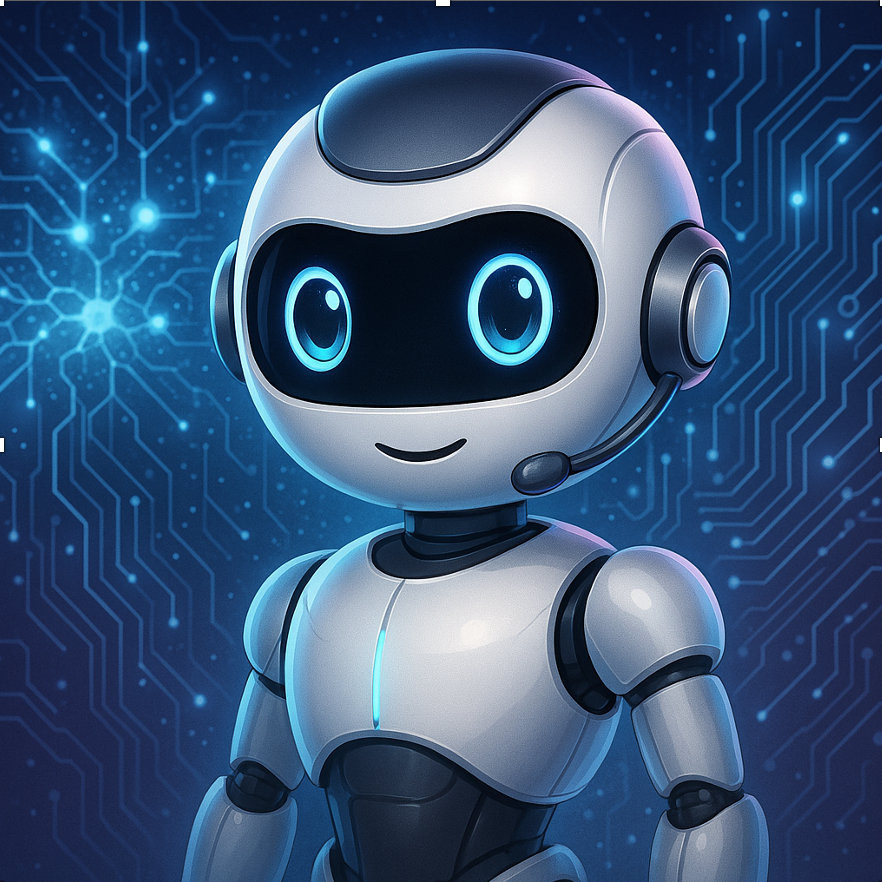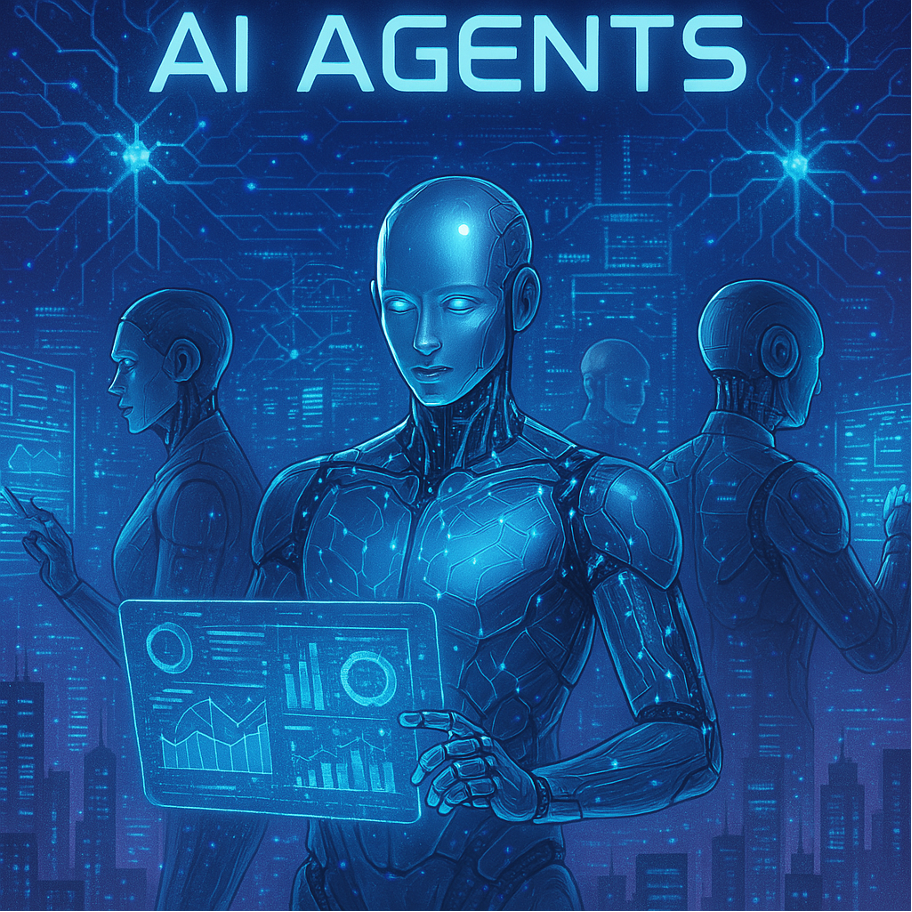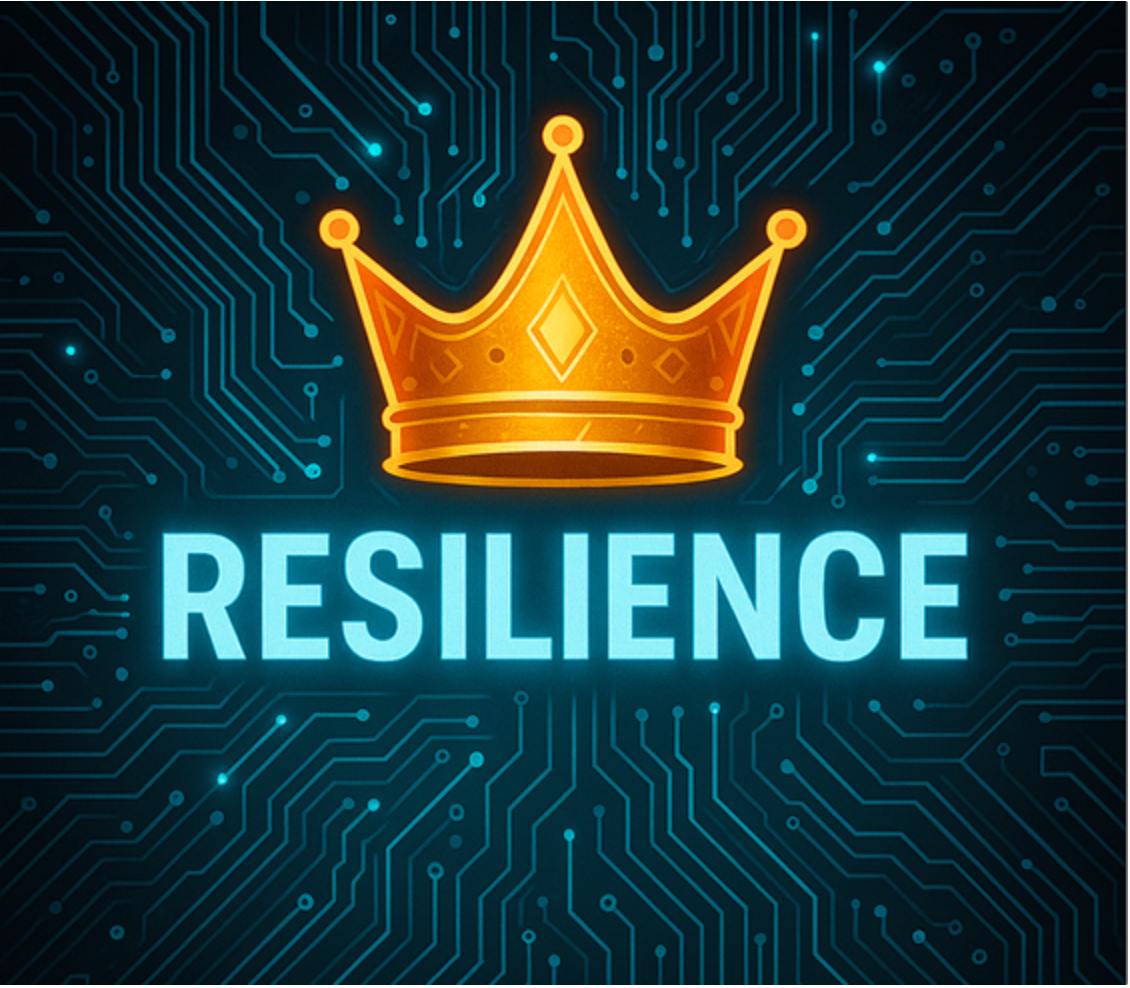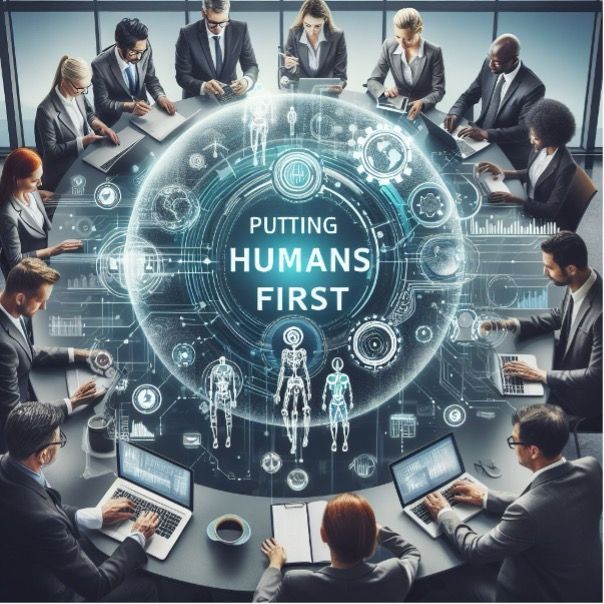AI Agents - is yours named 007 perhaps?
Hollywood movies popularised the 007 Agent (courtesy of Ian Fleming, the author).
Technology companies are popularising the AI Agent.
If you have not heard of Artificial Intelligence Agents or the term Agentic AI, then you will do. AI Agents will become as commonplace as having an App on your phone.
Just look at an AI Agent as a ‘coworker’ or ‘support worker’ or an ‘AI Collaborator.’ AI Agents can be seen as a helping hand. An AI agent who can perform various tasks which can help humans with their daily work from crunching numbers for example, to summarising vast amounts of complex information, to dealing with supply chains or handling detailed customer queries.
Call your AI Agent what you wish, whether it is 007, 008, 009 or OBEE1, AI Agents already come in many shapes and sizes often hidden from plain sight functioning as part of your internal organisation’s processes, doing beneficial work.
These AI Agents are trained to handle complex, multi-step tasks. These AI Agents differ from Chatbots. Chatbots are more basic in usage i.e. they use AI to simulate human conversation and provide information based on predefined rules or data sets such as set scripts. Chatbots often pop up on webpages helping with basic queries. However, if you have a more complicated query, you are often transferred to a human.
An AI Agent uses large language models to perform complex interactions and multi-step tasks.
In the future you will see AI Agents and Chatbots becoming more sophisticated with a blurring of lines between the two. Currently, AI agents are more powerful than Chatbots, in that AI Agents can perform actions without direct user input with varying degrees of capability. AI agents can be segmented into six simple categories:
- Simple reflex, likened to a human reflex action, these AI agents perform simple actions, responding to preset rules and conditions e.g. elevator control doors open, or close, responding to button presses.
- Goal based, AI agents are programmed to achieve key goals or outcomes e.g. data driven insights in healthcare diagnostics or AI Agents supporting human clinical coders with clinical coding.
- Learning, AI learning agents will learn continuously; they take their input from various sources e.g. ecommerce platforms handling concert ticketing will take input from demand patterns and competitor information and apply dynamic pricing. So, the price of tickets can go up if demand is high.
- Model based reflex AI Agents have a memory i.e. they retain a model of the environment, as well as understanding the current environment, which can help predict future action e.g. used in robotics across industry with sensors to avoid obstacles and plan alternative routes.
- Utility based – based on clear frameworks laid out by your organisation such as time, cost, quality, or an agent could in a car look at speed versus performance. A utility agent is dynamic, constantly learning and often operating in a complex environment it will weigh up options to achieve the best outcomes within the parameters given such as driving up revenue or performance.
- Hierarchical agents – AI agents use a structured chain of command to carry out tasks with an AI supervisor delegating sub tasks e.g. managing workflow tasks in Human Resources such as handling data extraction or form filling.

Governance
With the introduction of any new technology, AI Agents need to be adopted with humans in mind and clear guardrails need to be in place. The right processes and procedures for checking the output of AI Agents need to ensure there is no misinformation or disinformation, and malintent by a rogue AI agent or deliberate human sabotage. In organisations the governance steps needed also include cyber security, data privacy together with legal and regulatory policies, procedures, and clear ethical guidelines for those working with AI Agents. This will ensure that your organisation mitigates risks, protects its customers, employees, partners, and key stakeholders who will interact with the AI Agents.
The Future with AI Agents
So, what of things to come with AI Agents? The future seems bright if put to beneficial good for organisations and personally. The use cases for AI Agents seem endless. From business usage to your personal life, AI Assistants will spring up offering a range of products and services. AI Agents will be part of everyday appliances, robotics, and software systems.
By2028Gartner predicts 33% of enterprise software applications will include Agentic AI.
Gradations of service will be offered with for example elite AI butler services, to everyday help. These AI Agents will be made available more en masse, with 24x7x365 help. Teams of AI agents will work either together or with humans to form ‘super teams.’ The AI agents will support productivity, efficiency savings and bring about new ways of working, new cultures.
AI Agents will increasingly become more specialised.
- For industry specialisation will be particularly with industry verticals, where we are already seeing AI help across verticals, AI Agents will become highly specialised in a particular domain, such as Healthcare or Finance, or Manufacturing. These ‘vertical AI Agents’ will sit alongside Horizontal agents who help with organisation-wide tasks which could be for example human-resource or finance related, i.e. complex tasks which apply to the whole organisation and do not necessarily have to be industry-specific.
- At home you will see AI Agents in use such as your own personal shopper who can choose and pay for what you want whether its scanning for holidays or clothes or food shop. The AI agent will perform the full purchasing cycle of looking to choosing and buying can be done for multiple purchases in seconds with delivery scheduled in your calendar as your AI Agent learns what you like or want and it could be if you build up enough trust without even asking.
These AI Agents provided they are guided and instructed well, will never tire, or get bored. They may ‘age,’ i.e. they may need software updates but that should happen automatically dependent on the underlying software provider. Many AI Agents will self-improve or employ other AI agents to provide them with the latest updates or better capabilities. These AI Agents may sit in a hierarchy so that the ‘higher order’ AI Agents receive their crucial updates first, so they are renewed and energised to just do the right things for organisations for individuals.

In Summary
AI Agents or Agentic AI is the next level of Artificial intelligence. At the Human Digital Collaborative, we believe it can bring a wealth of opportunities to your organisation, if applied in the right area with the right guard rails in place.
We can collaborate with you to determine your AI needs using our 360° AI Service. We work in collaboration with World Class partners to create valued sustainable AI solutions which you can trust. We can even help you name some of your Agents to join your team!
Do contact us @TheHumanDigitalCollaborative.com







